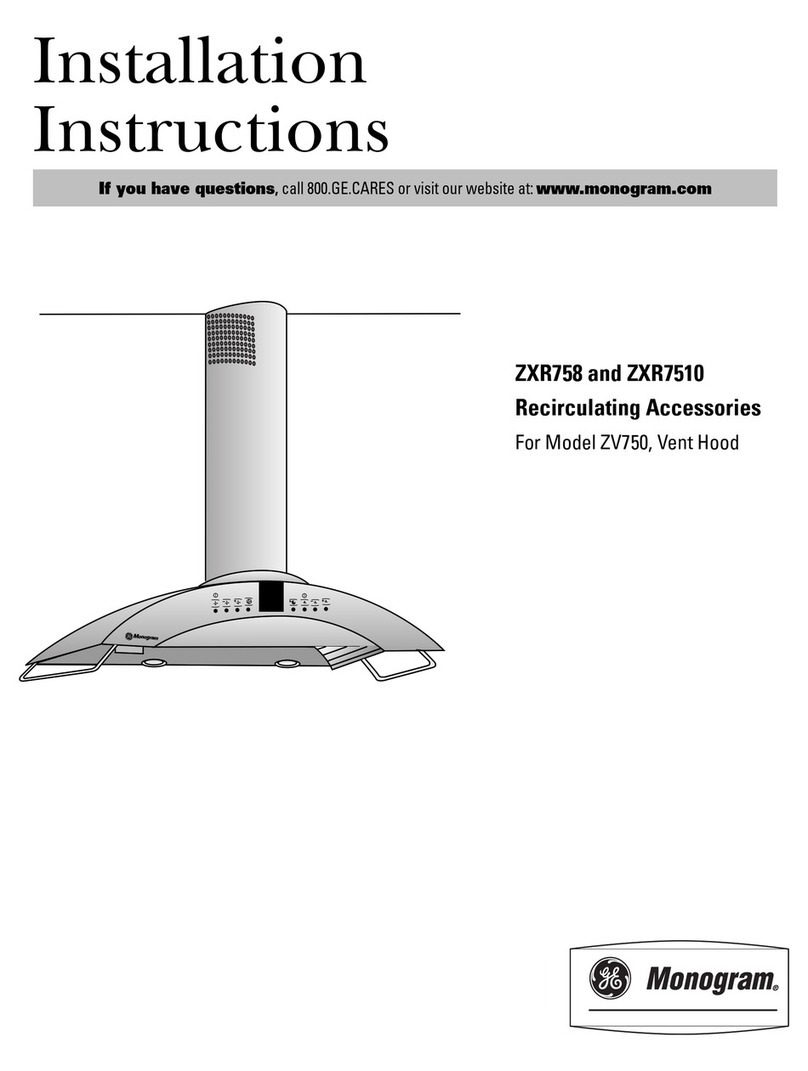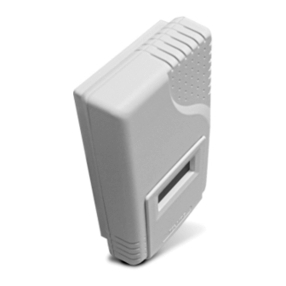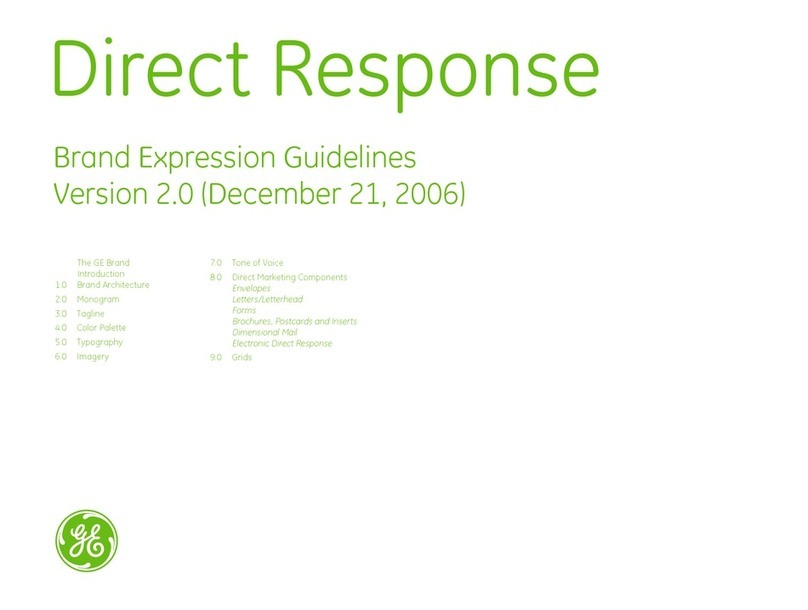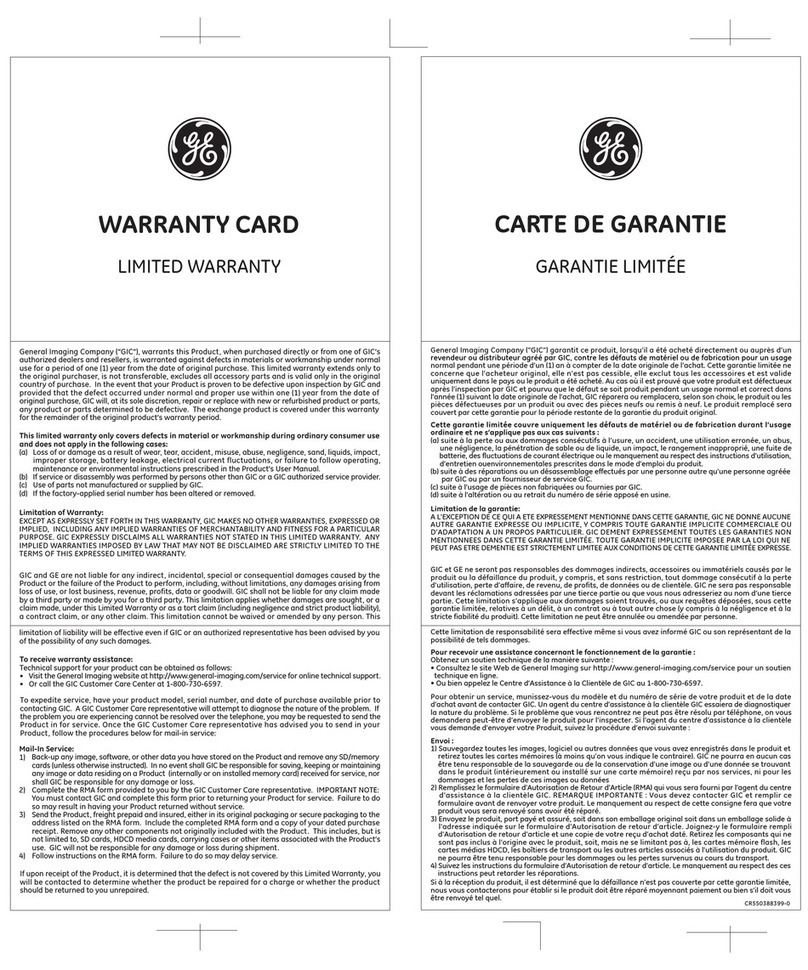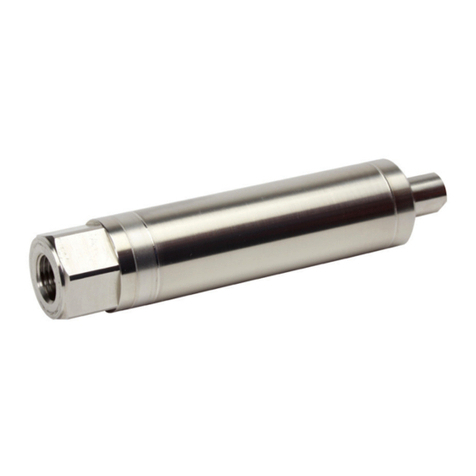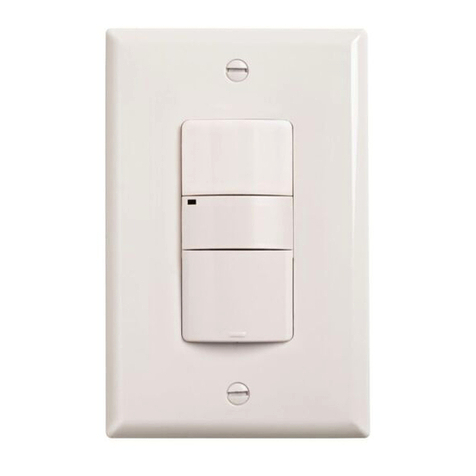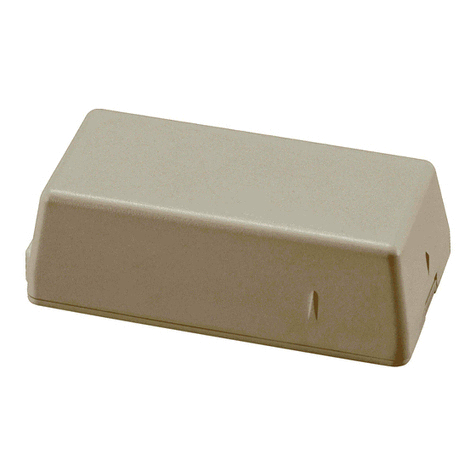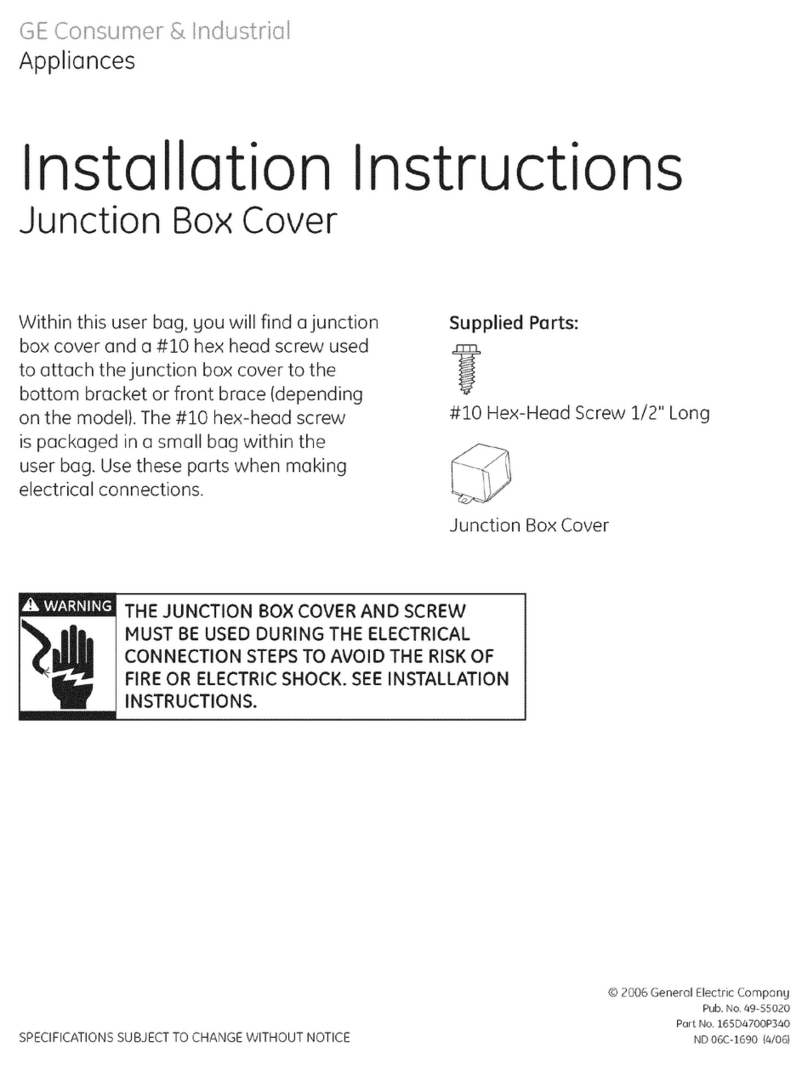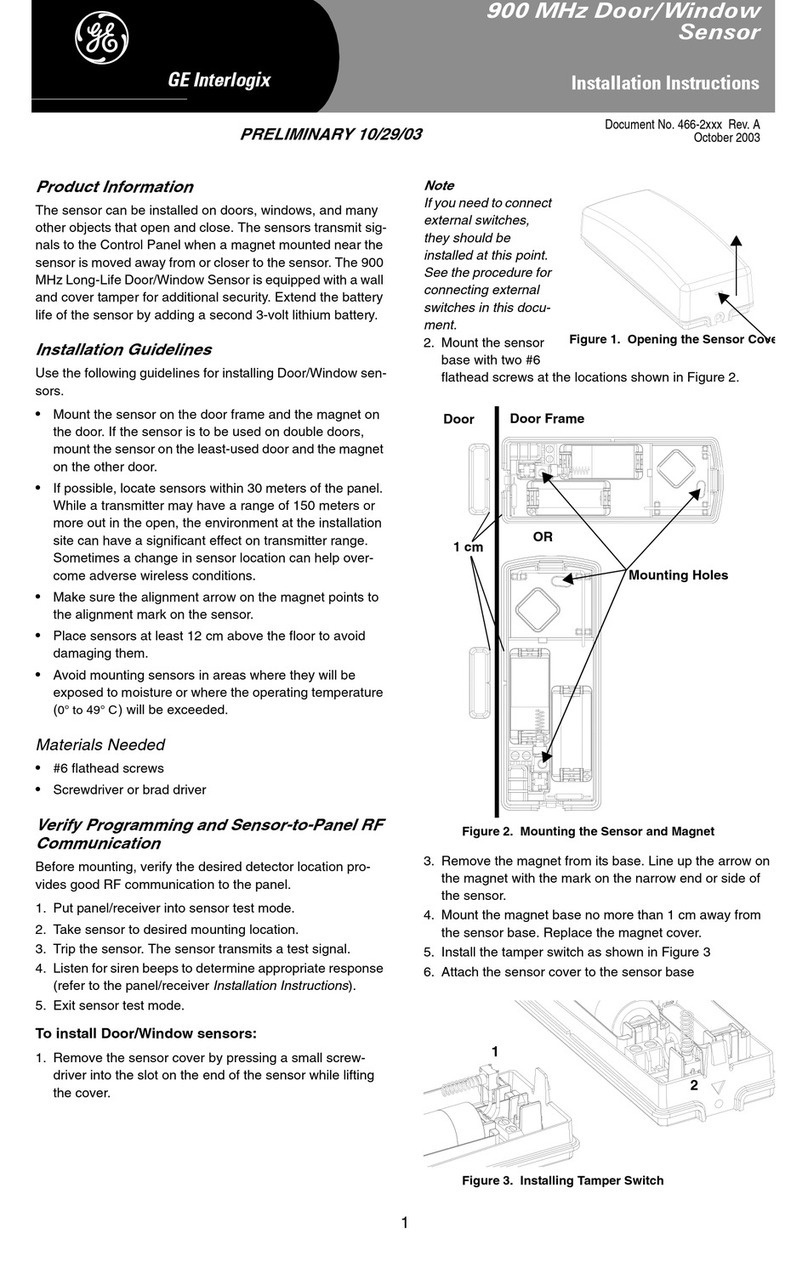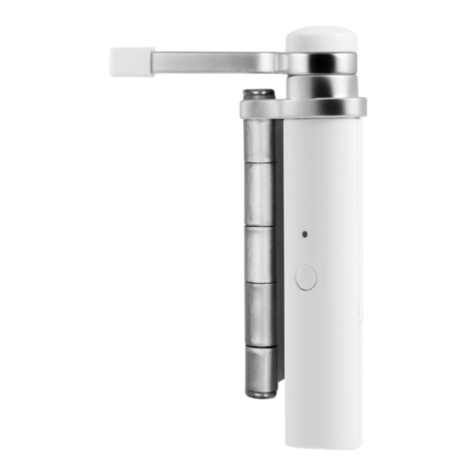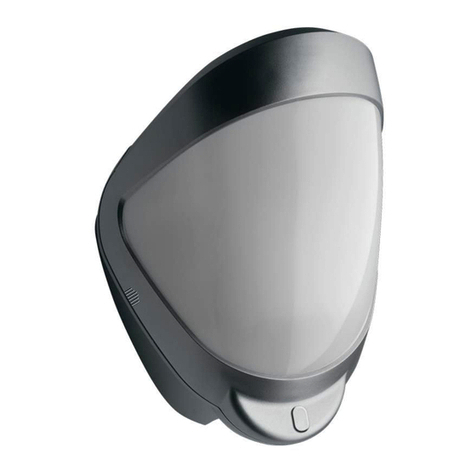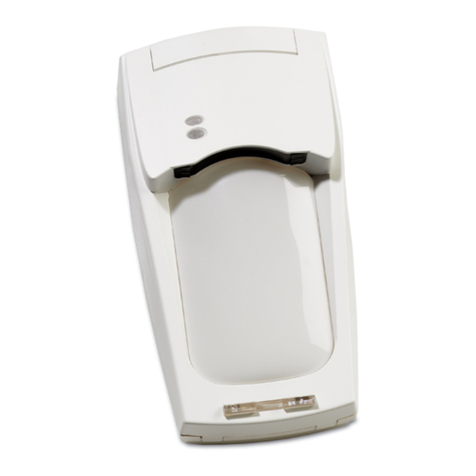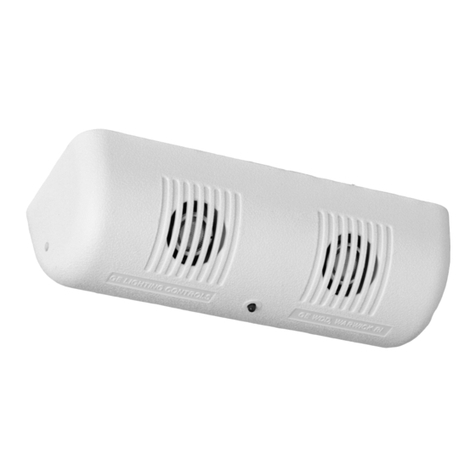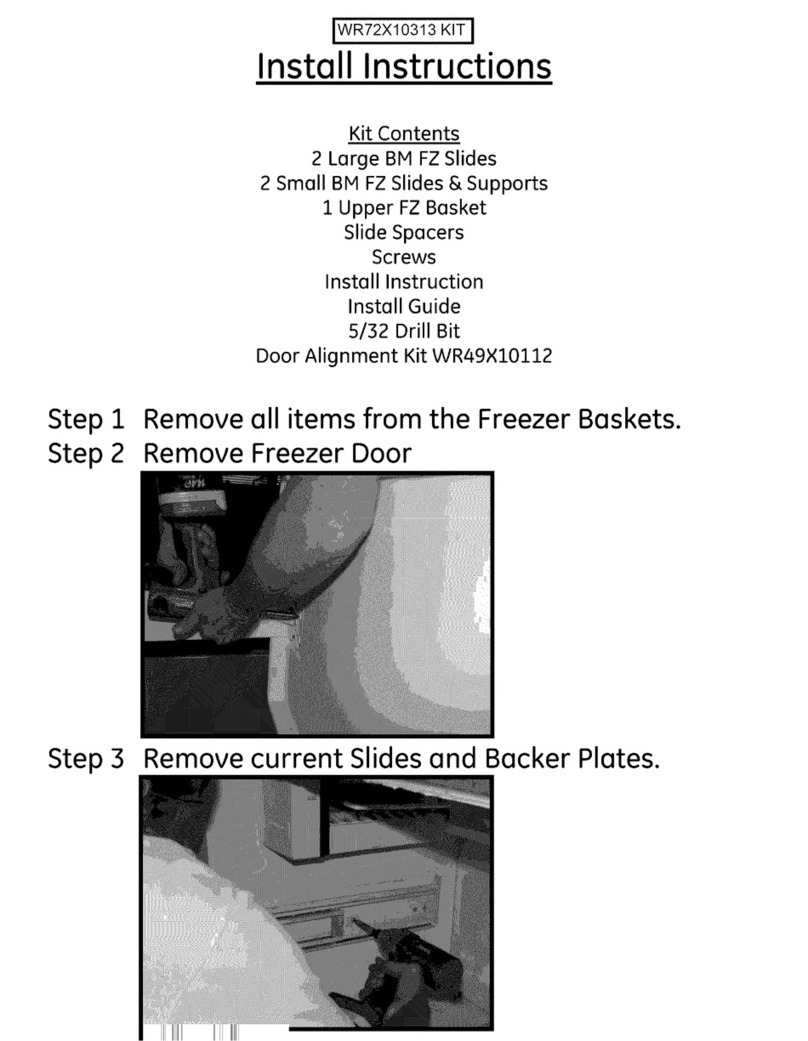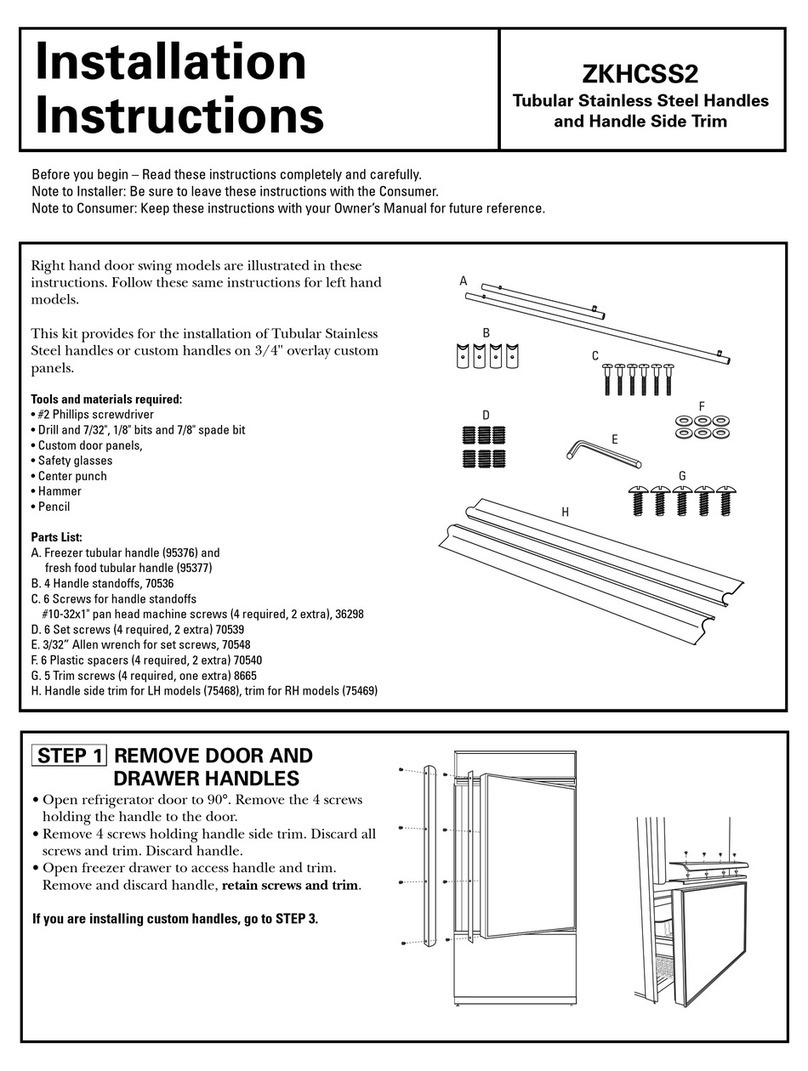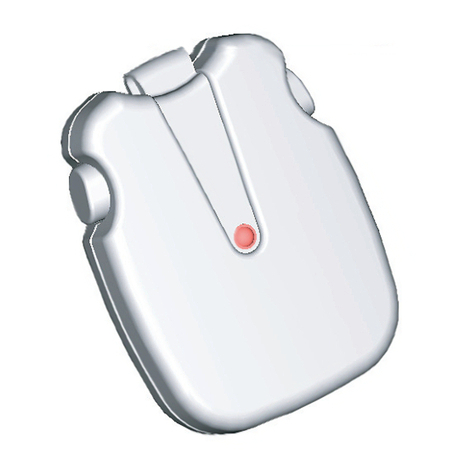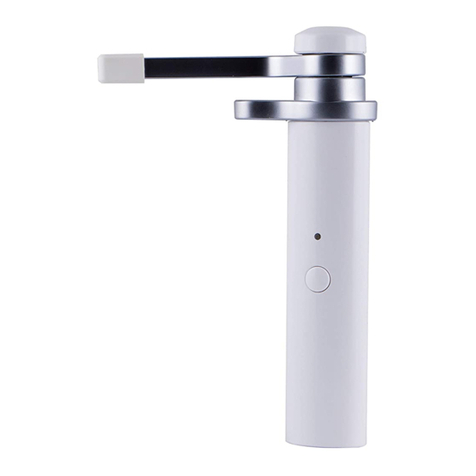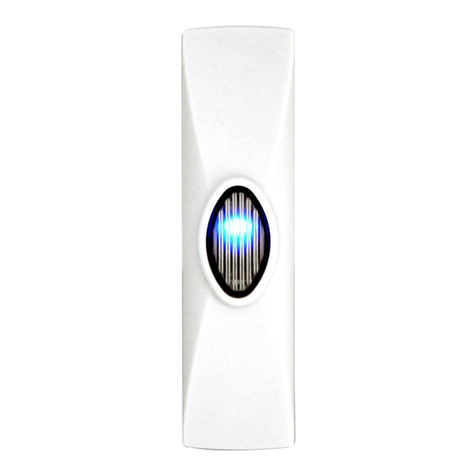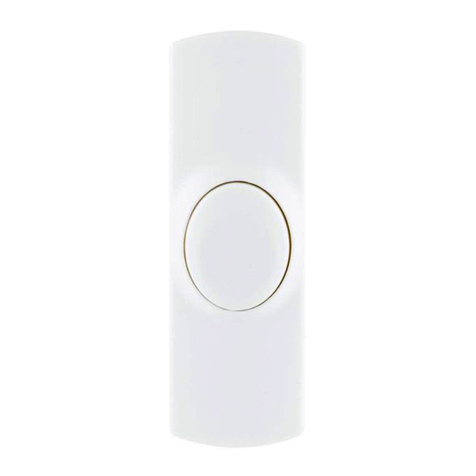2 MIFII Digital Feeder Relay GEK-106237P
TABLE OF CONTENTS
2.16.10 APPROVALS ....................................................................................................2-30
3. HARDWARE 3.1 DESCRIPTION
3.1.1 MECHANICAL DESCRIPTION..........................................................................3-1
3.1.2 MOUNTING ........................................................................................................3-2
3.1.3 REAR DESCRIPTION ........................................................................................3-3
3.1.4 TYPICAL WIRING DIAGRAM.............................................................................3-4
3.1.5 CONTROL POWER............................................................................................3-6
3.1.6 AC CURRENT TRANSFORMER INPUTS .........................................................3-7
3.1.7 CONTACT INPUTS / OUTPUTS .......................................................................3-8
3.1.8 OUTPUT CONTACTS CONFIGURATION .........................................................3-9
3.1.9 OUTPUTS ISOLATION ....................................................................................3-10
3.1.10 RS232 FRONT COMMUNICATIONS PORT....................................................3-13
3.1.11 RS485 COMMUNICATIONS PORT .................................................................3-14
4. COMMUNICATIONS 4.1 ENERVISTA MII SETUP SOFTWARE
4.1.1 OVERVIEW ........................................................................................................4-1
4.1.2 STARTING COMMUNICATION..........................................................................4-2
4.1.3 MAIN SCREEN...................................................................................................4-2
4.2 FILE
4.2.1 NEW ...................................................................................................................4-3
4.2.2 OPEN..................................................................................................................4-3
4.2.3 SETTINGS FILE CONVERTER..........................................................................4-4
4.2.4 PROPERTIES.....................................................................................................4-4
4.2.5 GET INFO FROM RELAY ..................................................................................4-5
4.2.6 SEND INFO TO RELAY .....................................................................................4-5
4.2.7 PRINT SETUP ....................................................................................................4-5
4.2.8 PRINT PREVIEW ...............................................................................................4-5
4.2.9 PRINT .................................................................................................................4-6
4.2.10 CLOSE................................................................................................................4-6
4.3 SETPOINT
4.3.1 SETTINGS..........................................................................................................4-7
4.3.2 MAIN SETTINGS................................................................................................4-8
4.3.3 ADVANCED SETTINGS.....................................................................................4-8
4.3.4 RELAY CONFIGURATION.................................................................................4-9
4.3.5 LOGIC CONFIGURATION ...............................................................................4-11
4.3.6 DATE /TIME......................................................................................................4-12
4.4 ACTUAL
4.4.1 ACTUAL VALUES ............................................................................................4-13
4.4.2 EVENT RECORDER ........................................................................................4-14
4.4.3 WAVEFORM CAPTURE ..................................................................................4-15
4.5 OPERATIONS
4.6 COMMUNICATION
4.6.1 COMPUTER .....................................................................................................4-17
4.6.2 TROUBLESHOOTING......................................................................................4-20
4.6.3 UPGRADE FIRMWARE VERSION ..................................................................4-21
4.7 VIEW
4.7.1 TRACES ...........................................................................................................4-25
4.7.2 MODBUS MEMORY MAP ................................................................................4-26
4.7.3 LANGUAGES ...................................................................................................4-27
5. SETTINGS 5.1 SETTINGS STRUCTURE
5.2 MAIN SETTINGS
5.2.1 GENERAL SETTINGS........................................................................................5-2
5.2.2 PHASE / GROUND TOC SETTINGS (51P / 51G) ( ..........................................5-3
